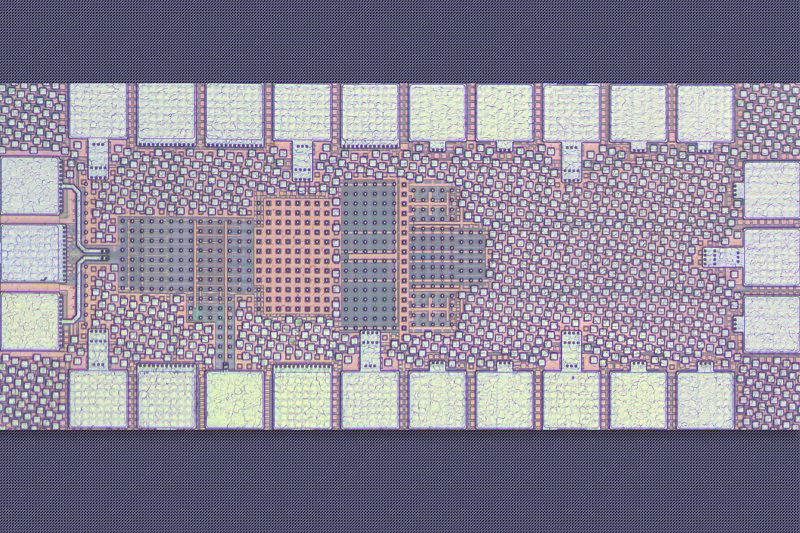Knowridge
6d
289

Image Credit: Knowridge
MIT’s new receiver could supercharge 5G smart devices
- MIT researchers have developed a tiny, energy-efficient chip designed for 5G-compatible Internet of Things devices, making them smaller, cheaper, and better at blocking wireless interference.
- The new receiver chip is up to 30 times better at handling signal interference than traditional versions, using less than a milliwatt of power and taking up less space than the tip of a pencil.
- The chip features precharged, stacked capacitors connected by miniature switches that act as a smart filter to remove unwanted signals before they disrupt the receiver's performance.
- Traditional IoT receivers rely on fixed frequencies and simple filters, but the new 5G networks require devices to handle a wide range of frequencies while remaining cost-effective and power-efficient.
- Using the Miller effect, the MIT team integrated the capacitor network inside the receiver's amplifier circuit, resulting in a receiver circuit smaller than 0.05 square millimeters without sacrificing performance.
- The chip uses a technique called bootstrap clocking to provide reliable switch operation with low voltage, effectively blocking out harmful interference like harmonic noise that can affect receiver performance.
- With its simple design using basic components like switches and capacitors, the chip is expected to be easier and cheaper to produce, adaptable to various IoT devices, from medical wearables to smart city sensors.
- Researchers aim to make the chip more independent by exploring energy harvesting from existing wireless signals, potentially enabling the development of self-powered devices for a smart future.
Read Full Article
17 Likes
For uninterrupted reading, download the app